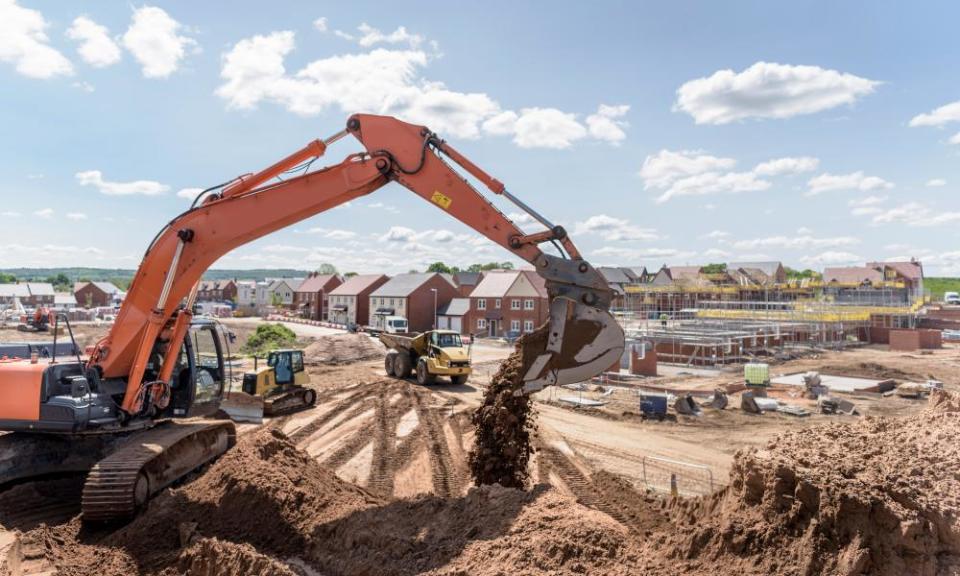Why developers must be held accountable for social housing safety

Since the Grenfell Tower tragedy in June, housing safety has been a huge concern for both politicians and the general public. The images from Kensington shocked the world, but the huge scale of the problem was revealed by the sheer number of blocks with similar concerns when the government carried out fire safety checks on cladding samples submitted from other tower blocks across England.
After the collapse of the 22-storey Ronan Point block in 1968 due to a gas explosion, new building regulations were brought in to make construction safer in tower blocks. But in August, four blocks in the Ledbury estate in Peckham, south London, were evacuated after Southwark council admitted it could not be sure the buildings – which were built at the same time as Ronan Point – had, in fact, been strengthened.
Architect Douglas Murphy says outsourcing and complex supply chains make safety difficult to delegate. “In just a couple of generations the construction industry has become far more complex, with a far greater number of different components inside our buildings, all made by different contractors and suppliers,” he says.
Murphy says this has made it harder for anyone to look after the quality of any housing project as a whole: “Contracts that favour immediate ‘value for money’ over anything else mean that quality can be extremely low once the initial shine wears off.”
For years, the Royal Institute of British Architects (RIBA) has called for better guidance on fire safety – echoing Murphy’s concerns about the loss of a lead architect to supervise projects from start to finish. In particular, the RIBA warns that when buildings are being renovated, separate fire-proof compartments must be maintained. This was a huge problem at Grenfell.
Architects know how to prevent fires spreading, but need regulations to force developers to implement safety mechanisms, rather than attempting to winnow down the project costs. It’s not all bad news, of course. Many architectural firms are able to focus on quality and safety when designing small social housing projects, rather than bolting on a few affordable homes in a profit-making luxury block.
But older blocks are too often forgotten, despite being architecturally sound. Kate Hardy, an academic and member of Greater Manchester Housing Action, believes postwar brutalist buildings, which often contained sturdy, warm, sound-resistant flats, have been so denigrated that many people simply want them removed from sight.
“They’ve been marked with architectural stigma,” she says. “So instead we see cheap-looking plastic populating the skyline in our towns and cities.”

 Yahoo News
Yahoo News 